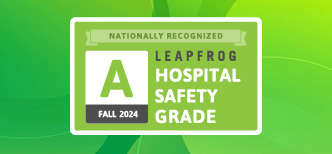


Largely a disease of young and middle-aged men, testicular cancer is the most common cancer in males aged 15-34. Figure skating champion Scott Hamilton was only 29 when he was diagnosed. Comedian and talk show host Tom Green, who made a much-praised MTV special about his treatment, was also only 29. Lance Armstrong survived advanced (stage 3) testicular cancer that was diagnosed when he was just 25. However, while the average age of diagnosis is 33, 6% of cases occur in children and teens and 8% in men older than 55.
Testicular cancer, which usually occurs in just one of the testicles, doesn’t always cause noticeable symptoms. Moreover, many of the symptoms listed below could have a different cause, from injury to infection. Any male experiencing ANY of these symptoms should see a doctor without delay:
The first step of diagnosis is a manual exam, which is usually part of a routine checkup. Some doctors recommend that all men examine their testicles monthly after puberty. Learn how to do a self-exam here.
In addition to palpating your testicles for lumps, the doctor will examine your belly, lymph nodes, and other parts of your body to determine if the cancer may have spread. If your regular doctor performs this initial exam and suspects testicular cancer, you will likely be referred to a urologist. This specialist will then order further tests:
In addition to the urologist, a testicular cancer patient’s treatment team may include a medical oncologist and/or a radiation oncologist. Treatment for testicular cancer depends on both the type and stage of the cancer. One or more of these modalities may be used:
The causes of testicular cancer are still being investigated, although certain genes appear to be involved. No lifestyle-related risk factors have been identified yet, but there are certain known risk factors:
This article appeared in the April 2024 edition of the HealthPerks newsletter.

Identify your risk factors and what to do if you are at risk.